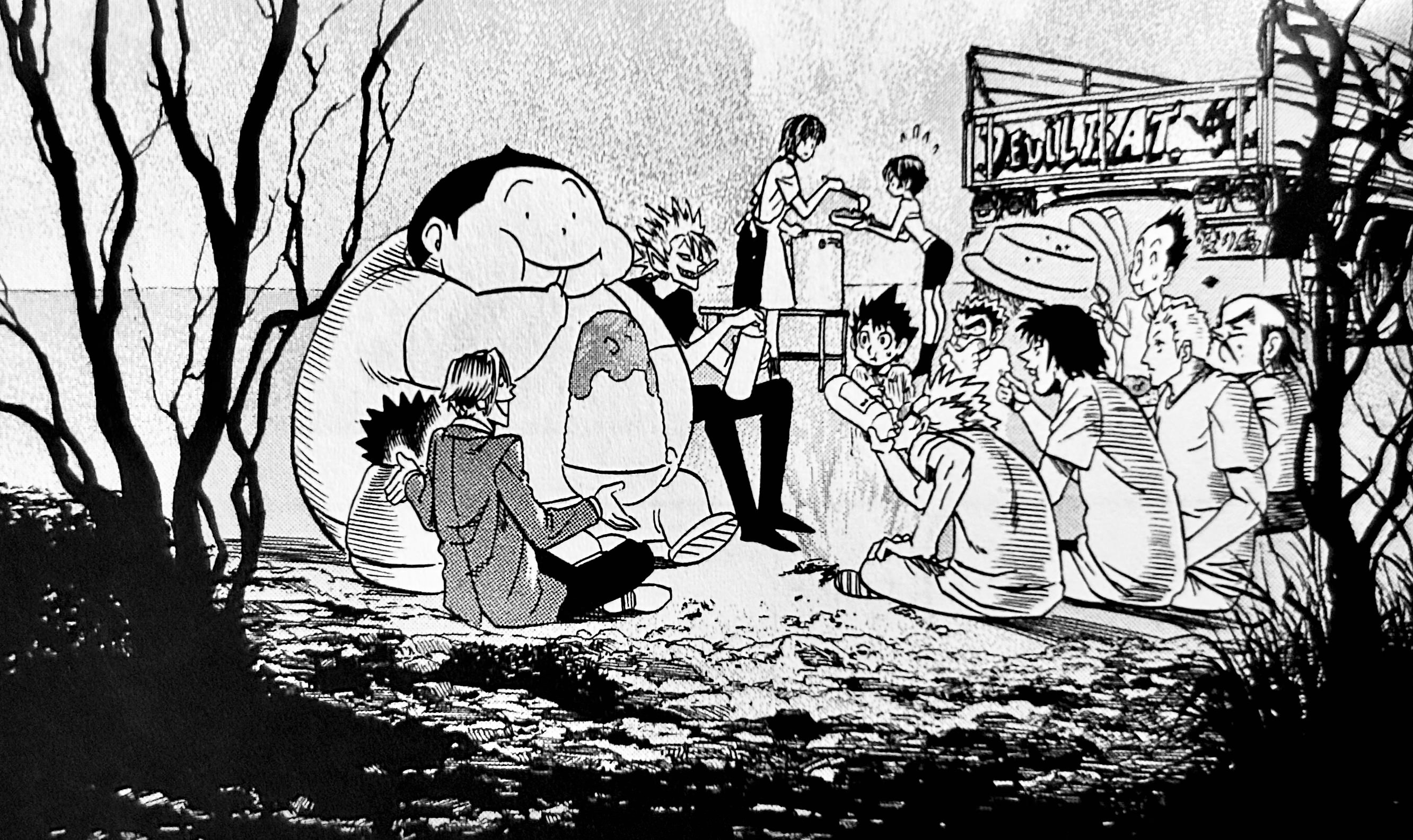 Curry Rice
Curry Rice 


Curry rice (カレーライス) is a Japanese meal composed of a savory, stew-like curry sauce; thick-cut pieces of potatoes and carrots; thinly sliced onion; meat chunks; and a side of white rice. It’s hearty, easy to cook in large batches, and incredibly versitile, making it a beloved comfort food in modern Japanese households. With 9.9 billion servings consumed each year, one could even call it a national dish!
Anglo-Indian sailors in the British Royal Navy introduced curry to Japan in the early 1870s, during the Meiji Restoration. India was under the British Empire's colonial rule, and Japan was looking to Westernize and re-integrate itself internationally after centuries of isolationism. In British-styled curry, meat and vegetables were added and the curry sauce was thickened, all to provide a filling meal for long naval voyages. The Japanese Imperial Navy incorporated curry into their own meals, along with a traditional side of rice. Since then, different ingredients have made their way into curry sauce to better suit Japanese tastes, making it a type of youshoku (洋食), or Japanized Western dish. Once foodstuff companies began producing instant curry mixes in the 1920s and boxed curry roux in the 1950s, sales and consumption soared.
One of curry rice’s appeals is its flexibility. While carrots and potatoes are customary, other vegetables can be added; different meats can be added, or left out entirely. Even adding your own optional ingredients into the sauce to change the flavor while still maintaining the same creamy texture. For example, Japanese parents might add grated apple, honey, or apricot jam to make the sauce sweeter for their children. One may even add sides such as fukujinzuke (福神漬), a Japanese vegetable relish, or beniishoga (紅生姜), a type of pickled ginger.
Curry’s popularity in Japan cannot be overstated. Multiple regional variations of curry rice exist, each with their own unique additions and ingredients. There are entire restaurants that specialize in different types of curry rice, most notably the chain Curry House CoCo Ichibanya. Curry has also been incorporated into other areas of everyday Japanese cuisine, such as kare-pan (カレーパン), a deep-fried bread filled with curry sauce, and curry-flavored broth added to various noodle dishes.
 Relevance to Eyeshield 21
Relevance to Eyeshield 21 

Curry rice was one of the dinners that the Devil Bats ate during their weeks-long, exhausting "Death March" across the southwestern United States. One can see Mamori serving the curry sauce to Suzuna using a ladle from a large stock pot, as is customary.
Curry rice can easily be prepared on a tight budget and is incredibly filling, making it the ideal meal for long periods of travel. Rich in carbs, it also provides plenty of energy, which the Devil Bats undoubtedly needed during that time.


